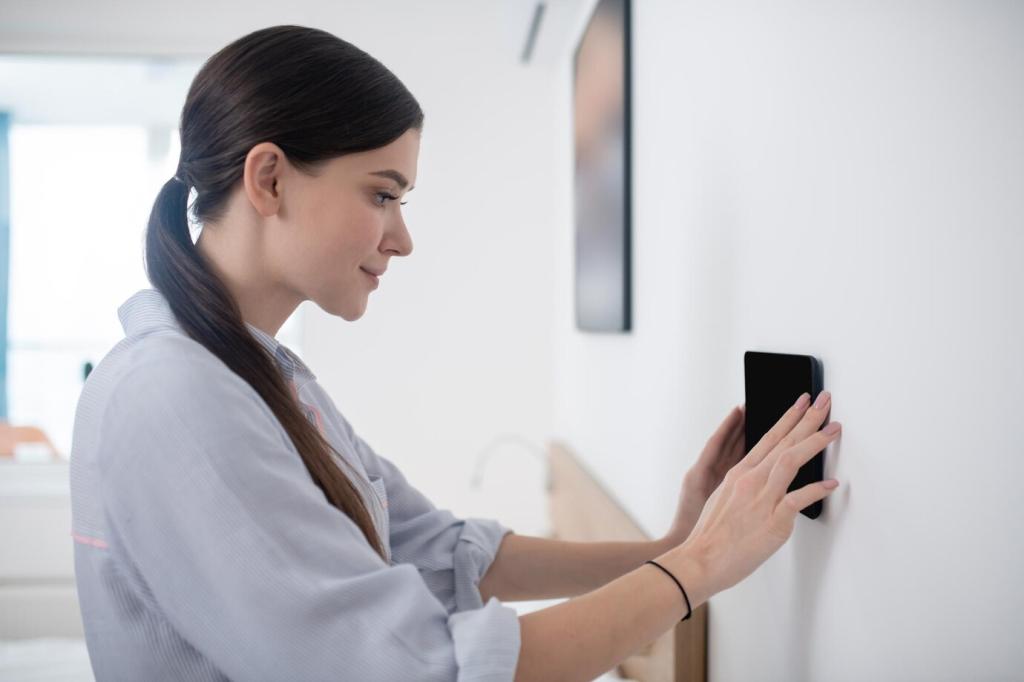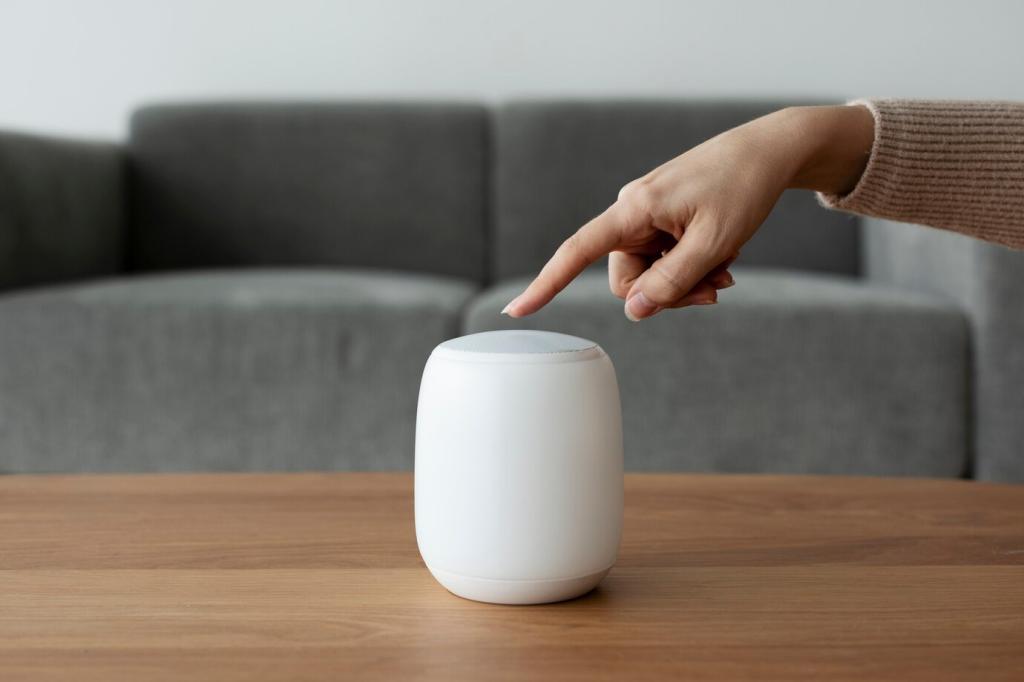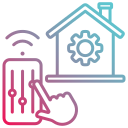Smart Home Technologies
Smart home technologies have transformed the way we live, making our homes more comfortable, efficient, and secure. By integrating advanced devices and intelligent systems, smart homes allow residents to control various aspects of their living environment with ease. From voice-activated assistants to intelligent security systems, these innovations offer unparalleled convenience and peace of mind. Discover how smart home technologies are reshaping daily life, enhancing comfort, and paving the way for a future of seamless connectivity and automation.
The Evolution of Smart Homes
Early Innovations in Home Automation
The journey towards smart homes began with early home automation devices such as programmable thermostats and timer-controlled lighting. These fundamental inventions laid the groundwork for more sophisticated solutions by introducing the idea of automating certain home tasks for convenience and efficiency. Over time, technological advancements made these systems more accessible, helping households save energy and simplify daily routines. The transition from standalone appliances to connected systems marked a critical turning point in the evolution of home automation, setting the stage for the fully integrated smart homes we see today.
The Rise of Connected Devices
The proliferation of connected devices has been a driving force behind the modern smart home movement. With the advent of Wi-Fi, Bluetooth, and affordable microprocessors, it became possible to link devices such as thermostats, lights, and door locks to a central hub or even directly to a smartphone. This connectivity enables new levels of control and intercommunication, allowing homeowners to monitor and manage their environments remotely. As more devices became compatible with common standards, the ecosystem of smart home technology expanded rapidly, offering endless possibilities for customization and enhancement.
Artificial Intelligence in Smart Homes
Artificial Intelligence (AI) has revolutionized the capabilities of smart home technologies by introducing learning algorithms that can anticipate and adapt to user behavior. AI-powered assistants, such as voice-activated speakers, can interpret complex commands and perform multiple actions seamlessly. Moreover, AI enhances security and energy management systems by recognizing patterns and optimizing settings based on real-time data. The integration of AI not only makes smart homes more efficient but also opens the door to intuitive automation that evolves with the homeowner’s preferences and routines.
Intelligent Surveillance Cameras
Modern surveillance cameras have moved far beyond simple video recording. Today’s smart cameras offer features such as motion detection, night vision, facial recognition, and real-time streaming straight to your smartphone or device. They can automatically alert homeowners of any unusual activity, ensuring a prompt response to potential security incidents. The ability to access live footage remotely means that even when you’re away, you remain connected to the safety of your home. Continuous improvements in video quality and analytical capabilities allow these cameras to effectively monitor larger areas, making them a critical component of any smart security setup.
Smart Locks and Access Control
Gone are the days of traditional keys and lockouts. Smart locks empower homeowners to control entry to their properties using smartphones, biometrics, or custom access codes. Whether you’re granting temporary access to a guest or monitoring who enters and leaves, these locks provide unmatched flexibility and security. Many models can be integrated with home automation systems to automatically lock when you leave or unlock as you approach. With encrypted communication between devices, smart locks ensure that your home remains secure without sacrificing convenience, redefining the way we think about personal and property safety.
Alarm Systems with Real-Time Alerts
Smart alarm systems combine sensors, detectors, and connectivity to provide comprehensive protection for your home. Unlike traditional alarms, these systems are equipped to send instant notifications to your phone or designated emergency contacts when triggered. Integration with other smart devices enables sophisticated responses, such as activating lights or cameras in the event of a breach. Users can also customize the alerts according to their preferences, ensuring that they are only notified about relevant events. This proactive approach not only helps prevent intrusions but also allows homeowners to respond swiftly and efficiently to emergencies.
Energy Efficiency and Sustainability
Smart Thermostats and Climate Control
Smart thermostats are at the forefront of energy management within the home. These devices use sensors and learning algorithms to automatically adjust heating and cooling based on occupancy and preference. By optimizing temperature settings according to daily routines or even weather forecasts, smart thermostats help minimize unnecessary energy consumption. Many models offer remote connectivity, allowing homeowners to control the system from their smartphone or voice assistant. The result is a comfortable living space that adapts to your needs while reducing your carbon footprint and saving on energy costs.
Automated Lighting Systems
Lighting can significantly impact a home’s energy usage and ambiance. Smart lighting systems enable users to control lights individually or in groups, set schedules, and adjust brightness or color remotely. Features like motion detection ensure that lights are only on when needed, further enhancing energy savings. With integration into broader home automation platforms, lighting can be adjusted automatically in response to other activities, such as turning off when leaving the house. These systems not only add convenience and enhance security but also contribute to a more efficient and sustainable home environment.
Intelligent Appliance Management
Managing household appliances is another area where smart technologies are making a difference. Smart plugs, energy monitors, and connected appliances allow users to track consumption and control usage from anywhere. Appliances can be programmed to operate during off-peak hours or shut down when not in use, ultimately reducing energy waste. Over time, detailed usage data helps homeowners identify trends and make more informed decisions about energy consumption. This level of control empowers residents to actively pursue sustainability goals while enjoying modern conveniences.
Home Entertainment and Media Control
Multi-Room Audio and Video
Today’s smart entertainment systems bring synchronized audio and video content to every room. With multi-room setups, homeowners can listen to their favorite music, watch shows, or stream content seamlessly as they move throughout the house. Advanced speakers, streaming devices, and media servers can be controlled individually or grouped for a unified experience. Customizable settings allow users to tailor audio levels or select different content for each space, ensuring that personal preferences are always met. With simple app or voice control, managing home entertainment becomes both intuitive and enjoyable.

Health and Wellness Innovations
01
Environmental Monitoring Systems
Air and water quality play a significant role in overall health. Advanced environmental monitoring systems track temperature, humidity, air particulates, and even potential chemical contaminants in real time. By providing instant feedback and recommendations, these devices empower residents to make adjustments for a healthier indoor environment. Alerts for excess moisture or pollutants can prompt corrective actions, such as activating air purifiers or adjusting ventilation. Over time, this ongoing monitoring supports optimal living conditions and peace of mind for families concerned about their home’s environment.
02
Health Tracking Devices at Home
The integration of health tracking devices into the smart home ecosystem allows users to monitor physical activity, sleep quality, and vital health metrics without leaving the house. Smart watches, fitness bands, and connected scales sync seamlessly with home systems, offering insights into daily routines and overall wellness. Residents can set health goals, receive gentle reminders, and analyze trends over time. For those managing chronic conditions, smart medication dispensers and telehealth integrations provide additional support. By making health data more accessible and actionable, these devices contribute to better outcomes and a proactive approach to well-being.
03
Circadian Lighting and Wellness Features
Lighting has profound effects on mood, productivity, and sleep patterns. Circadian lighting systems mimic the natural progression of sunlight throughout the day, supporting the body’s internal clock and enhancing overall wellness. These systems adjust brightness and color temperatures automatically, creating environments that promote alertness or relaxation as needed. Additional wellness features, such as ambient noise machines or aromatherapy diffusers, can integrate with smart systems to cultivate a calming atmosphere. By aligning with the rhythms of life, smart wellness innovations help residents feel their best every day.
Seamless Connectivity and Integration
A centralized hub acts as the command center of the smart home, bringing together devices from various manufacturers and platforms. By leveraging compatibility standards and open protocols, centralized systems allow users to control lighting, security, climate, and entertainment from a single interface. This approach reduces the need for multiple apps and simplifies management for all household members. As hub technology evolves, integration becomes easier and more reliable, ensuring that new devices can be added with minimal effort and maximum benefit.
Interoperability has been a key challenge in the adoption of smart home technologies. Today, industry standards such as Matter and Zigbee are fostering greater cooperation among manufacturers, enabling devices from different brands to work together harmoniously. This means homeowners are no longer locked into proprietary ecosystems and can mix and match products that best suit their needs. Improved interoperability not only enhances the user experience but also ensures the longevity and future-proofing of smart home investments.
Automation is at the core of the smart home promise, offering the ability to customize actions based on schedules, triggers, or personal preferences. Smart systems can automate daily routines, like brewing coffee at sunrise or locking doors at bedtime. Customization options allow triggered scenarios based on occupancy, weather, or even energy use. Over time, these capabilities evolve with homeowners’ lifestyles, adapting to changes and providing continuous improvements in comfort, security, and efficiency. Seamless integration turns automation from a novelty into a truly transformative force in home living.

Enhancing Daily Convenience
The rise of voice assistants has revolutionized the accessibility and convenience of smart homes. By interpreting natural language commands, these AI-powered helpers let users control devices, check schedules, or get information without lifting a finger. Whether adjusting the thermostat, playing music, or managing shopping lists, voice assistants integrate seamlessly with other systems for a holistic experience. Their adaptability makes them invaluable for busy households, those with mobility challenges, or anyone seeking a streamlined way to interact with their home environment.

